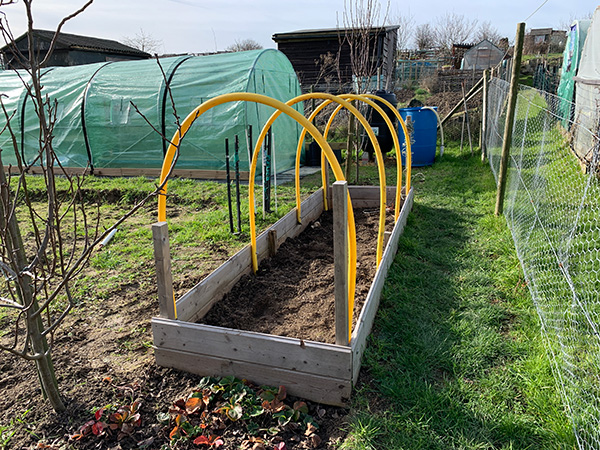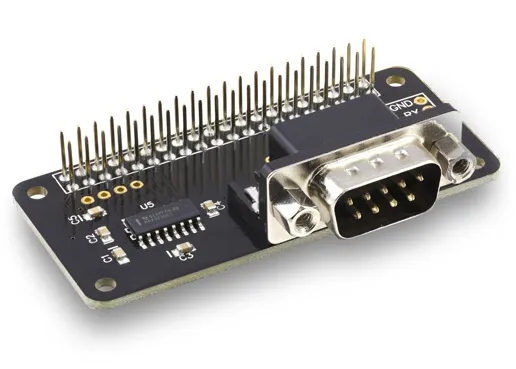I am sorry for the lack of new posts and projects on the blog in the past few months, below is an overview of what I have been doing.
Web Development News

We are in the process of updating our website development skills to be more up-to-date and hoping to be able to work with new development projects and customers again after a break from website projects for nearly 10 years due to the AB Electronics UK business we started, selling Raspberry pi development cards, which had taken over almost all of our time.
In the past ten years, we have continued to support all existing website clients and work on their websites but haven’t actively marketed for new clients due to the workload with the electronics side of the business.
When I started my Apexweb web design business in 1998, I wrote dynamic websites using classic ASP before using ASP.NET and ASP.NET Master Pages and C# (C Sharp).
In January 2023, we decided it was time to upgrade our programming skills and looked at the current web development methodologies to see how we could move forward. We wanted to stick with the Windows server platforms rather than move to a Linux server and WordPress or similar CMS systems.
I had experimented with using the MVC frameworks in the past. Still, I decided to stick with the master pages style of sites which use Microsoft SQL server as a database source or XML data sources for small dynamic websites.
We thought that either the Blazor or Razor frameworks looked the most promising as these would run on our current web servers, and there is a path for migration from the older websites.
After building some test websites using Blazor and Razor, we decided to go ahead with the Razor platform running it as a .net core application which can be hosted on both Windows Server or a Linux server which gives us options in the future for reducing our annual server costs that have also significantly increased in the past 3 years and even more significant increases in the past months due to the hefty price rises in the energy markets.
New Razor .net core blog
When developing using a new framework or language, I prefer to work on an existing website or project, so I decided this blog would be a good first project to rebuild.
The previous blog versions used web forms and master pages with SQL commands as the data source for the database.
The new blog uses the Entity Framework to communicate with the database, simplifying much of the front-end code and admin system.
We are working on an asp.net core version of our AB Electronics e-commerce website. This is a much larger project as both the front end and the core e-commerce platform must be upgraded to the Entity Framework and .net core systems.
If you are interested in having a new website developed, please contact us at www.apexweb.co.uk
Windows applications upgrades
I also have several custom Windows applications we use for our business, including a customer manager which handles our website hosting data, email, products, and components.
This was written using windows forms and C#, and I wrote the new version using a new framework called Win UI 3 which uses the same GUI style as the Windows 11 interface, and it runs as a .net core application and could be ported to other platforms if needed.
Many of the previous Winforms components are no longer available in the newer frameworks, so I had to write these myself to use in the software.
Raspberry Pi development boards sales

Since the Covid outbreak in 2020 and the electronic component shortages in the following years, our Raspberry Pi development board sales have slowed due to many factors outside our control.
The Raspberry Pi Foundation moved their primary board sales away from consumer boards to industrial modules, which has caused significant supply issues for the hobbyists who have used Raspberry Pi for their projects since it launched. In turn, they purchased development boards and accessories for their Raspberry Pi.
We also experienced issues with purchasing the many integrated circuit chips we use on our boards, with some still being unavailable, resulting in us needing to redesign some products and move to alternative chips and suppliers.
Many of the components we are now purchasing have significantly increased in price, some more than double their previous prices.
The range of Raspbery Pi development boards we build can be purchased from www.abelectronics.co.uk
With less time spent building the Raspberry Pi development boards, we have been working on other things, including improving our web development skills, completing some household projects, and spending more time on our allotment growing food.
Our Allotment and growing food


My family have owned or rented an allotment for over four generations, with our previous allotment plot being handed down from my Great Uncle, who owned the land in the 1800s, to my father, who took it over in the mid 1900s. As a child, I spent a lot of time growing plants on the allotment and helping to maintain the land to grow fruit and vegetables for the family meals.
In the 1990s, the land surrounding our allotment plot was developed into a housing estate, and we soon found that everything we grew was being taken before we could pick it ourselves. Builders offered to purchase the land, so my parents decided to sell the plot and rent a council-owned allotment plot on the southern side of our hometown.
My family have been using this new allotment to grow food since, and in the past 10 years, my brother Andrew and I have taken over most of the work running the plot.
We still have many hand tools passed down the generations from my Great uncle and still use them today.
Growing Fruit and Vegetables
 In the past, we always grew a mixture of fruiting plants and vegetables on the allotment, including potatoes, spinach, cabbage, onions, carrots, lettuce, runner beans, and fruits, strawberries, raspberries, blackberries, tayberries, and rhubarb.
In the past, we always grew a mixture of fruiting plants and vegetables on the allotment, including potatoes, spinach, cabbage, onions, carrots, lettuce, runner beans, and fruits, strawberries, raspberries, blackberries, tayberries, and rhubarb.
We also have a pair of apple trees and, two years ago, planted two pear trees to produce more fruit.
 Last autumn, we added a polytunnel to the allotment to allow us to grow the seeds undercover and then move the plants to the main growing area once they had reached a suitable size. We have problems with birds and insects eating the seedlings before they fully mature, so this should help.
Last autumn, we added a polytunnel to the allotment to allow us to grow the seeds undercover and then move the plants to the main growing area once they had reached a suitable size. We have problems with birds and insects eating the seedlings before they fully mature, so this should help.
We originally planned to use a single 3 x 2 meter polytunnel, but due to a mix-up with the order, two arrived, and we fitted them together to create a 6 meter long tunnel.
With the extra space we split the growing area into a pair or large wooden beds for growing tomatoes, cucumber and other larger plants which grow better undercover, and the other space was used for seedling trays and storage of compost and other growing materials.
For 2023 we have started seedlings for several varieties of brassicas, onions, carrots, lettuce, runner beans, French beans, broad beans and some flowers to attract pollinator insects, including lavender, marigolds and chives.
I am thinking of adding posts to the blog for the things we are growing on the allotment if there is an interest for this type of content. Please let me know your thoughts in the comments below.

Comments